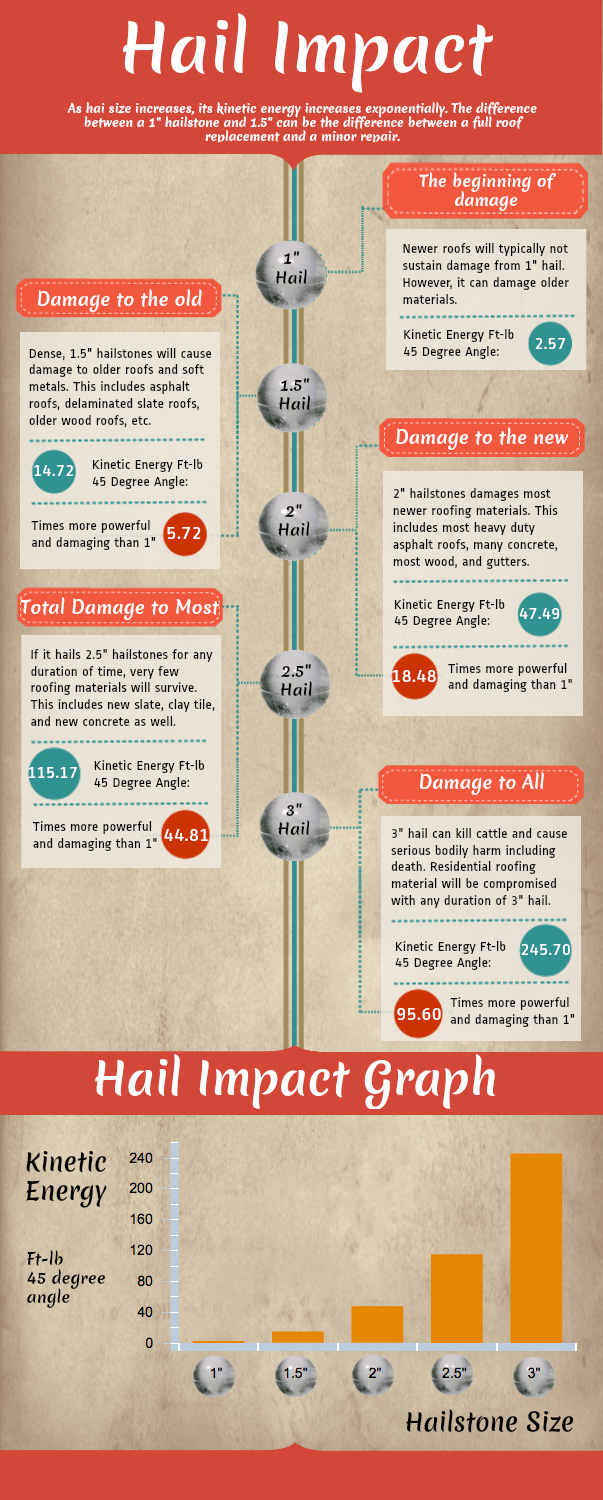The Role Of Roofing System Air Flow In A Successful Installment
The Role Of Roofing System Air Flow In A Successful Installment
Blog Article
Post By-Morrow Manning
When you're tackling a roof covering job, you might not think much about roof covering ventilation, yet it's even more essential than you realize. Efficient ventilation aids control temperature and dampness in your attic room, avoiding issues like mold and mildew and structural damages. By comprehending exactly how to make and set up a balanced air flow system, you can boost power effectiveness and prolong the life expectancy of your roofing products. So, what are the vital variables to consider throughout installment that can make all the distinction?
Significance of Roofing Ventilation
Roofing system air flow plays an essential duty in maintaining the overall health and wellness of your home. By allowing fresh air to flow through your attic, it helps regulate temperature level and moisture degrees. This balance is important to prevent warmth accumulation during warm months, which can bring about increased power costs as your cooling works overtime.
Moreover, proper ventilation dramatically decreases the risk of moisture-related issues like mold and mildew and mold. If moisture degrees increase, your home's structural integrity can be endangered, leading to costly repair work. You would not want to take care of rotting wood or deformed roof covering products, right?
In addition, adequate ventilation extends the life expectancy of your roofing system. When heat and wetness are kept in check, your roof can carry out ideally, avoiding premature wear and tear. This means fewer migraines and expenditures down the line.
Just How Roof Ventilation Functions
Reliable roof ventilation relies on the natural motion of air to create an equilibrium between intake and exhaust. When you mount vents, you're basically allowing fresh air to enter your attic room while enabling warm, stagnant air to get away. This process aids control temperature and wetness levels, stopping issues like mold and mildew development and roofing system damages.
Intake https://wgntv.com/news/chicago-news/heavy-snow-proving-too-much-for-some-chicago-roofs/ , usually found at the eaves, reel in cool air from outdoors. On the other hand, exhaust vents, situated near the ridge of the roofing, let hot air rise and exit. The distinction in temperature creates an all-natural air flow, called the stack result. As cozy air increases, it develops a vacuum that pulls in cooler air from the lower vents.
To enhance this system, you need to ensure that the intake and exhaust vents are correctly sized and positioned. If the intake is restricted, you won't attain the desired ventilation.
Likewise, not enough exhaust can catch warm and wetness, resulting in possible damages.
Secret Installment Considerations
When installing roof air flow, a number of vital considerations can make or break your system's efficiency. First, you need to examine your roof's style. The pitch, shape, and products all affect air flow and ventilation choice. Make sure to pick vents that suit your roof type and local climate problems.
Next off, think about the positioning of your vents. Preferably, you'll desire a well balanced system with consumption and exhaust vents placed for ideal air flow. Area consumption vents short on the roofing system and exhaust vents near the optimal to encourage a natural circulation of air. This configuration aids avoid moisture buildup and advertises power effectiveness.
Do not forget insulation. Proper insulation in your attic room stops warmth from running away and maintains your home comfortable. Make certain that insulation doesn't obstruct your vents, as this can prevent air movement.
Finally, think about upkeep. san antonio roof that are easy to gain access to for cleansing and examination. Regular maintenance ensures your system continues to work efficiently gradually.
Conclusion
To conclude, roofing air flow is crucial for an effective installment. By making certain proper air flow, you can avoid heat buildup and wetness issues that lead to pricey damage. When you tactically setting intake and exhaust vents, you enhance power effectiveness and lengthen the lifespan of your roof covering. Keep in mind, a well-ventilated roofing not just shields your financial investment however additionally enhances your indoor air high quality. So, focus on air flow to ensure a resistant and economical roofing system for your home.
